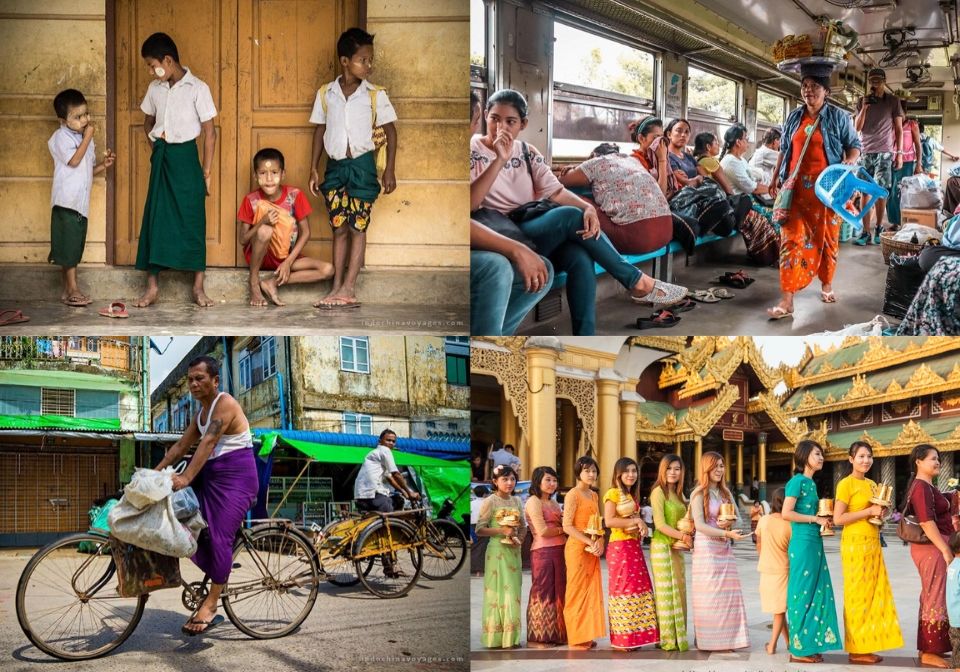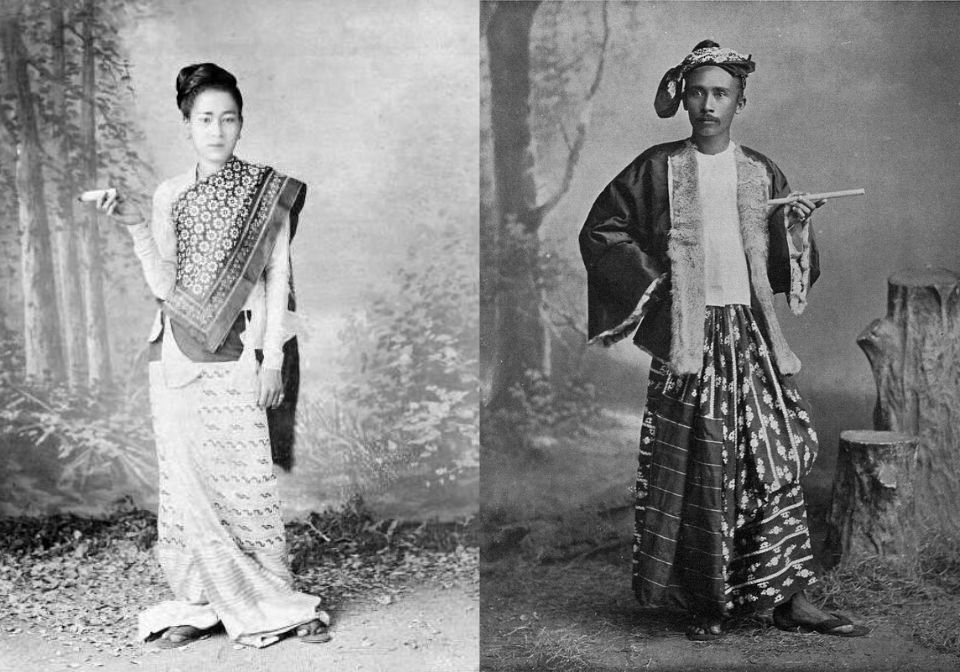Myanmar's traditional clothing is a vital aspect of the country's cultural heritage. The traditional attire has a unique aesthetic and cultural significance, reflecting Myanmar's diverse history and ethnic diversity. The traditional clothing varies according to the region, religion, and occasion, but it is always elegant and symbolic.
The Longyi is the most common and essential traditional clothing in Myanmar. It is a tube-like cloth wrapped around the waist and worn by both men and women. The Longyi is made from a variety of materials, including silk, cotton, and synthetic fabrics. It comes in various colors and patterns, each with its significance. For example, the red Longyi is associated with luck and prosperity, while the green Longyi is worn during the monsoon season.
Another traditional garment is the Hta-mein, a two-piece outfit worn by women. It consists of a blouse and a long skirt that wraps around the waist and is tied at the side. The Hta-mein is often made of silk or cotton and comes in various colors and patterns. The blouse is usually fitted and adorned with intricate embroidery or beading.

Myanmar's traditional clothing is often worn during cultural events, religious ceremonies, and formal occasions. For example, the Bagan Temple Festival is a significant cultural event where people often wear traditional clothing. Women may wear a silk blouse and longyi with a matching shawl, while men may wear a silk shirt and longyi.
Myanmar's traditional clothing is also influenced by the country's neighboring countries, including India, China, and Thailand. The influence can be seen in the design and material of the clothing. For example, the Hta-mein is similar to the Indian Sari, and the Longyi is comparable to the Thai Sarong.
In addition to the Longyi and Hta-mein, Myanmar also has other traditional garments such as the Pasu, a long-sleeved shirt worn by men, and the Taipon, a long jacket-like garment worn over the longyi. These garments are often worn during formal events or as a sign of respect for elders.
Myanmar's traditional clothing is not only beautiful but also has significant cultural and religious meanings. For example, the Bamar ethnic group's women wear a white blouse and a green longyi during the Thingyan festival, which symbolizes purity and prosperity. The Shan ethnic group's women wear a colorful headscarf called the 'Sao Pha' during their traditional dance, which represents their pride and identity.
In recent years, there has been a renewed interest in traditional clothing in Myanmar. Many young people are learning how to make traditional garments, and there has been a resurgence of interest in traditional weaving techniques. Some designers have also incorporated traditional designs into modern clothing, creating a fusion of traditional and modern fashion.

Myanmar's traditional clothing industry has also become a significant part of the country's economy, with many small businesses specializing in producing traditional clothing. The industry has been supported by the government, which has launched initiatives to promote and preserve traditional weaving techniques.
Apart from the traditional clothing, Myanmar also has a unique jewelry tradition. The most prominent jewelry item is the 'Thanaka,' a yellowish-white paste made from ground bark that women apply to their faces. It serves both as a cosmetic and sunscreen.
The traditional clothing and jewelry of Myanmar represent the country's rich history and culture. They are an essential part of Myanmar's identity and reflect the country's diverse ethnic groups. Myanmar's traditional clothing is not only elegant but also has deep cultural and religious meanings that have been preserved and celebrated over generations.




















